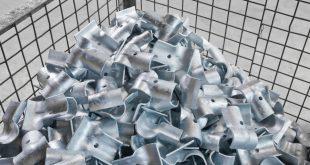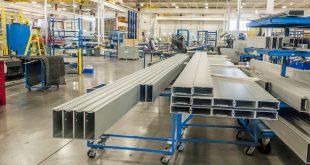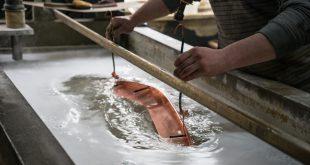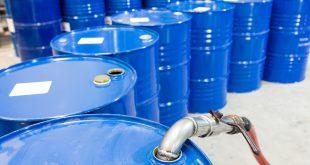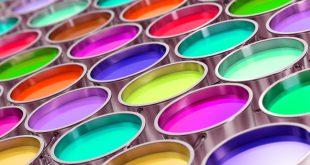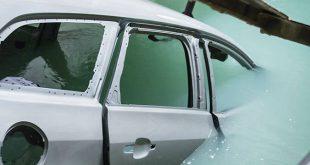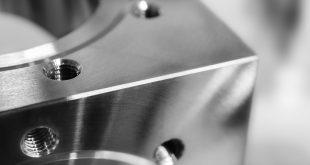Wherever the word “duplex” appears, it usually refers to something double-layered. In surface technology, duplex systems are no exception—they consist of two protective layers to defend against corrosion. The bottom layer is created through hot-dip galvanizing, while the top layer …
Read more »Chemische Werke Kluthe GmbH
Scope 1, 2, and 3 Emissions
« How to Identify Starting Points for Reducing Greenhouse Gas Emissions » Global warming is arguably the greatest threat of our time. Looking at prehistoric periods, we see that during every major climate shift, the species that went extinct were …
Read more »What is the Anodizing Process?
« A Brief Overview of the process » Anodizing is a process that provides aluminum semi-finished products (partially processed materials) or workpieces with a corrosion-resistant and wear-resistant surface. This protective layer is formed with the aid of an electric current …
Read more »1K versus 2K paint?
« How to Manage Paint Systems Effectively » The paints used in surface technology change their physical state during processing. The raw materials are in liquid form or are at least flowable so that they can completely cover the surface. …
Read more »What is Electroplating?
Electroplating is a process in which electric current causes metals to deposit uniformly on the surface of workpieces. The metallic layer primarily serves to protect against corrosion, resist mechanical wear, or improve electrical conductivity. Additionally, electroplating may aim to achieve …
Read more »How sustainable is used oil recycling?
Used oil recycling transforms spent lubricants, hydraulic oils, insulating and heat transfer oils into high-quality base oils. It promotes sustainability in two ways: on the one hand, it helps conserve petroleum reserves. On the other hand, modern used oil treatment …
Read more »What’s Inside Paints and Coatings
« What influences the paint quality » In surface treatment, paints and coatings are applied to components to protect them from environmental damage, enhance their appearance, or modify surface properties. Paint ingredients form a complex system tailored to the intended …
Read more »What Are Chromates and Where Are They Used?
Chromates, which are chemical salts derived from chromic acid, play a role in two distinct surface treatment processes: Chromating, where chromic acid or its salts create a chromate layer on a material’s surface. Chromium plating, where dissolved chromates (electrolytes containing …
Read more »Electrophoretic Coating (E-Coating)
« What is this coating process all about? » Electrophoretic coating (commonly known as e-coating) is a highly efficient surface pretreatment process that provides superior corrosion protection while ensuring complete coverage of metal components. This process has become essential in …
Read more »Overview: Deburring Metal
« Effective Methods at a Glance » Have you ever accidentally snagged yourself on an overhanging piece of metal? Sharp edges, splinters, or burrs on parts made from wood, plastic, or metal not only compromise aesthetics but can also lead …
Read more » Kluthe Magazine
Kluthe Magazine
